Optimal Seasons for Foundation Repairs
Foundation repairs are most effective when performed during specific seasons that allow for optimal curing and minimal environmental interference. The ideal time varies depending on climate and soil conditions, but generally, moderate weather conditions are preferred to ensure proper work conditions and long-lasting results.
Spring offers moderate temperatures and increased daylight, making it suitable for foundation work. However, soil moisture levels can be high due to spring rains, which may affect certain repair methods.
Summer provides warm, dry weather ideal for many foundation repair techniques. Extended daylight hours can also facilitate longer working periods.
Fall can be a good time for foundation repairs in regions with mild weather. Cooler temperatures and less rain help ensure proper curing and settling.
Winter repairs are generally discouraged in colder climates due to freezing temperatures that can hinder curing and cause soil movement. However, in warmer regions, winter may still be feasible.

Springtime foundation repairs benefit from moderate weather and increased soil moisture, but require attention to rain conditions.
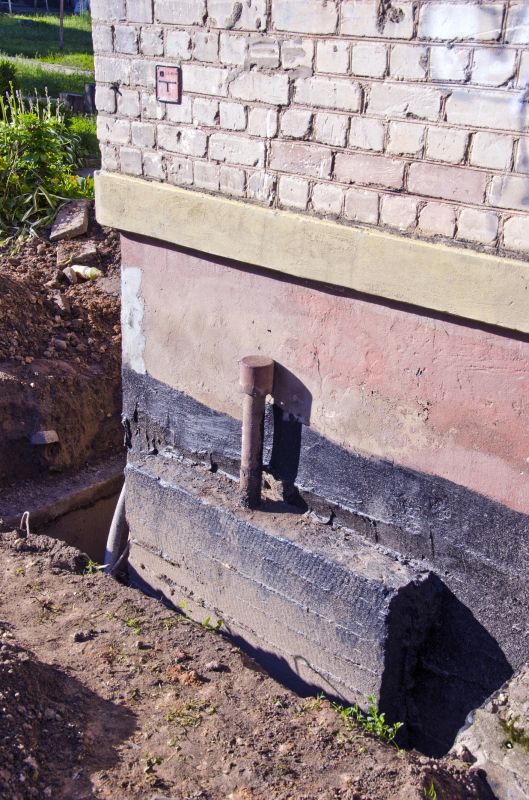
Warm and dry summer conditions facilitate efficient foundation repair work.

Fall offers cooler temperatures and less rain, ideal for foundation stabilization projects.
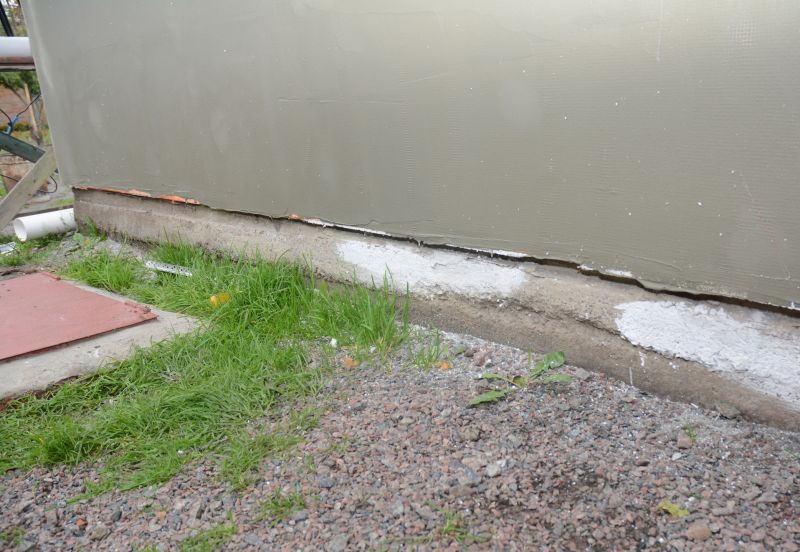
Ways to make Foundation Repairs work in tight or awkward layouts.

Popular materials for Foundation Repairs and why they hold up over time.
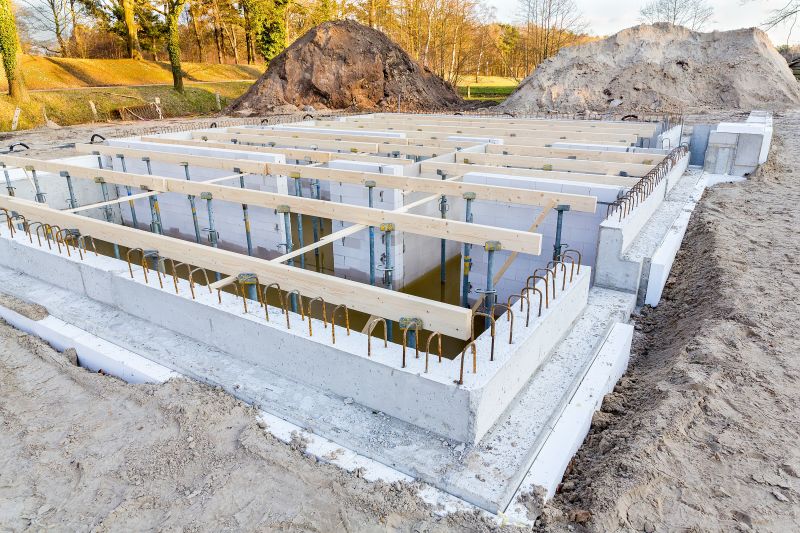
Simple add-ons that improve Foundation Repairs without blowing the budget.
| Season | Optimal Conditions |
|---|---|
| Spring | Moderate temperatures, higher soil moisture, increased rainfall |
| Summer | Warm, dry weather, extended daylight hours |
| Fall | Cooler temperatures, less rain, stable soil conditions |
| Winter | Cold temperatures, potential for freezing, less ideal in colder climates |
Foundation repairs address issues such as cracking, settling, and shifting that can compromise structural integrity. These repairs are crucial for maintaining the safety and value of a property. Proper timing ensures the longevity of repairs and reduces the likelihood of recurrent problems. Seasonal considerations are important because soil conditions, moisture levels, and temperature fluctuations directly impact the effectiveness of repair techniques and materials used.
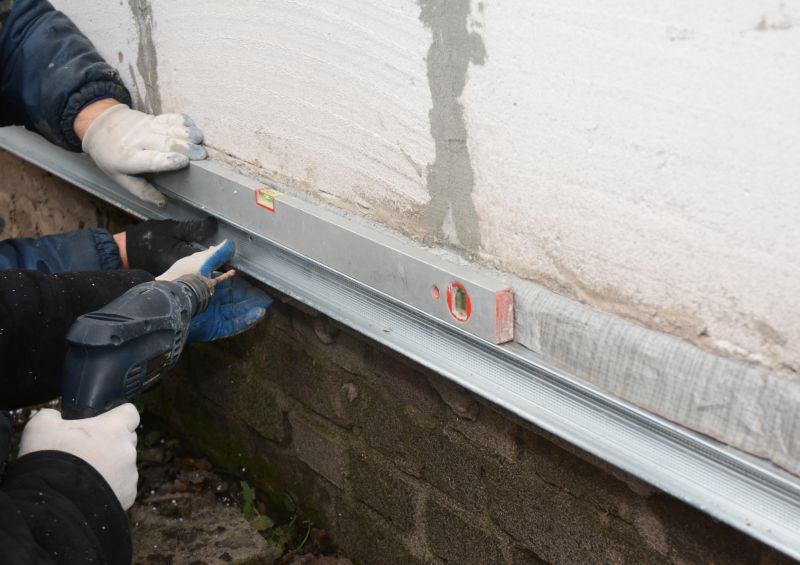
Proper timing ensures effective stabilization and long-lasting results.
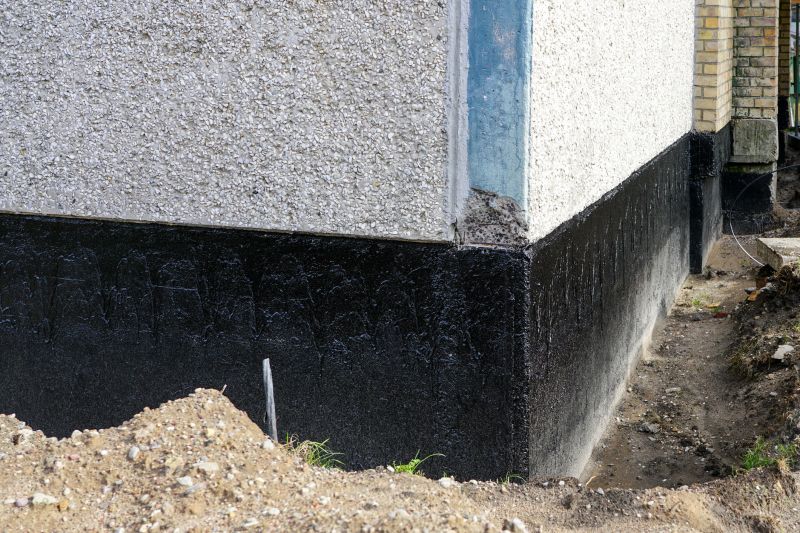
Optimal seasons help soil settle properly after repairs.
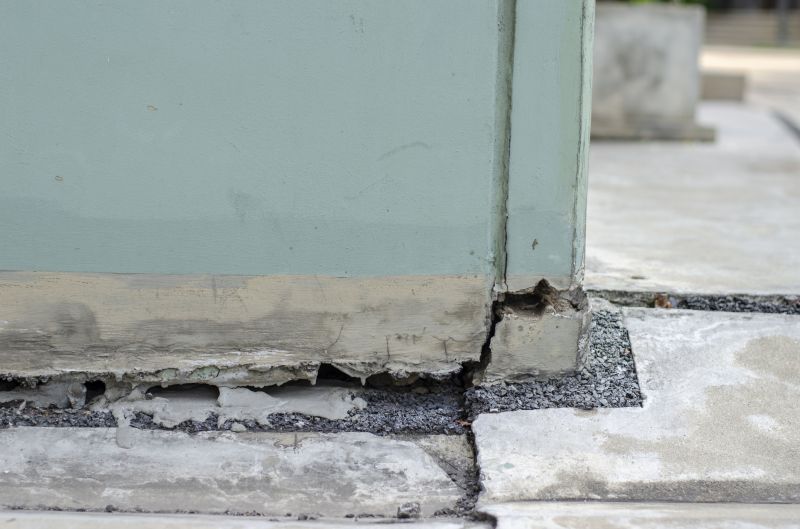
Timing can affect the success of crack sealing and reinforcement.
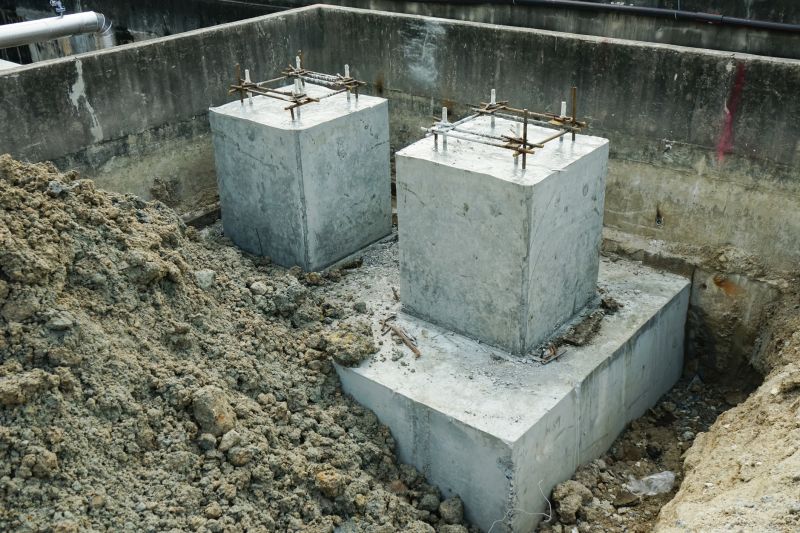
Best performed during suitable weather for soil movement control.
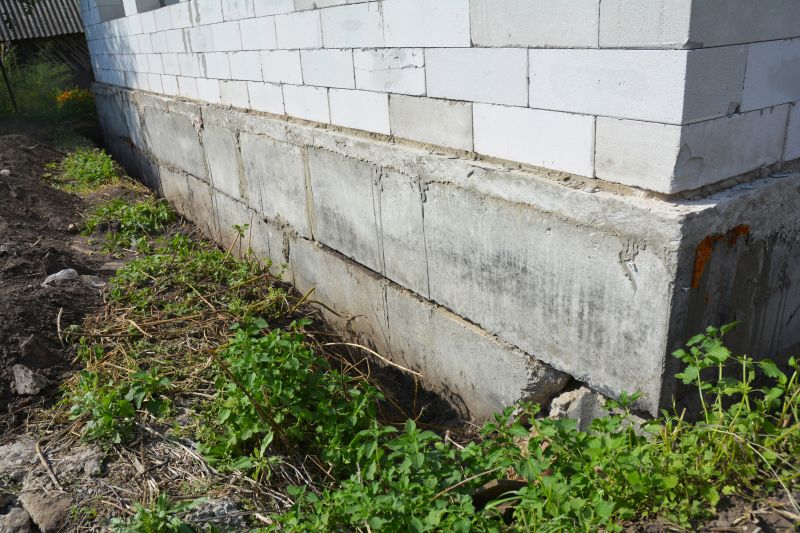
High-end options that actually feel worth it for Foundation Repairs.
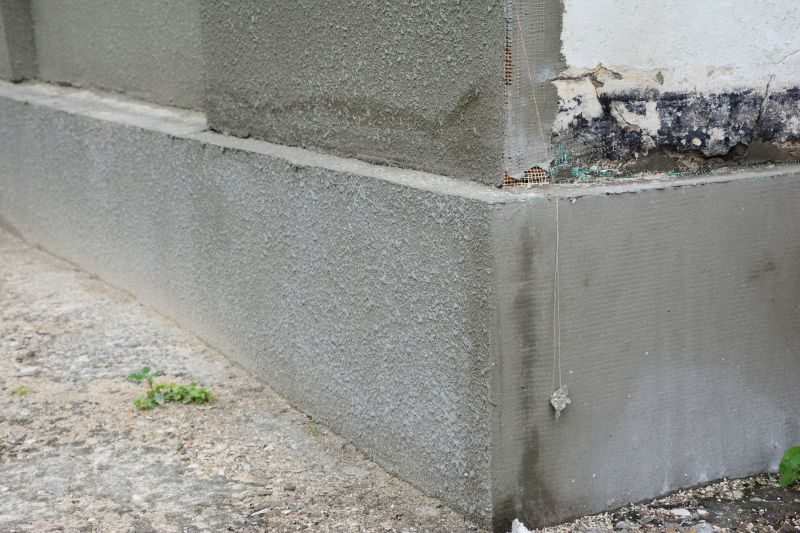
Finishes and colors that play nicely with Foundation Repairs.

Little measurements that prevent headaches on Foundation Repairs day.
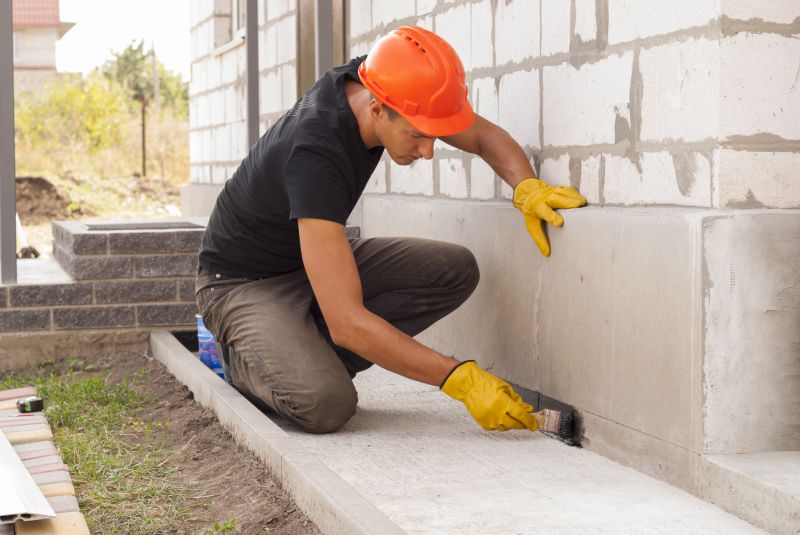
A 60-second routine that keeps Foundation Repairs looking new.
Choosing the right time for foundation repairs can prevent further damage and reduce repair costs. Seasonal factors such as soil moisture, temperature stability, and weather patterns influence the success of repair projects. Conducting repairs during optimal seasons helps ensure proper curing, minimizes soil movement, and enhances the durability of the repair work.
Cracks in walls, uneven floors, and doors that don’t close properly may signal the need for urgent foundation assessment.
Ensuring proper scheduling during suitable weather conditions can improve repair outcomes.
Addressing foundation issues promptly can prevent costly structural damage and preserve property value.
Interested property owners in Keller, TX, are encouraged to contact professionals to evaluate foundation conditions and determine the best timing for repairs. Proper scheduling based on seasonal conditions can lead to more effective and durable solutions, safeguarding the structural integrity of the property over time.
